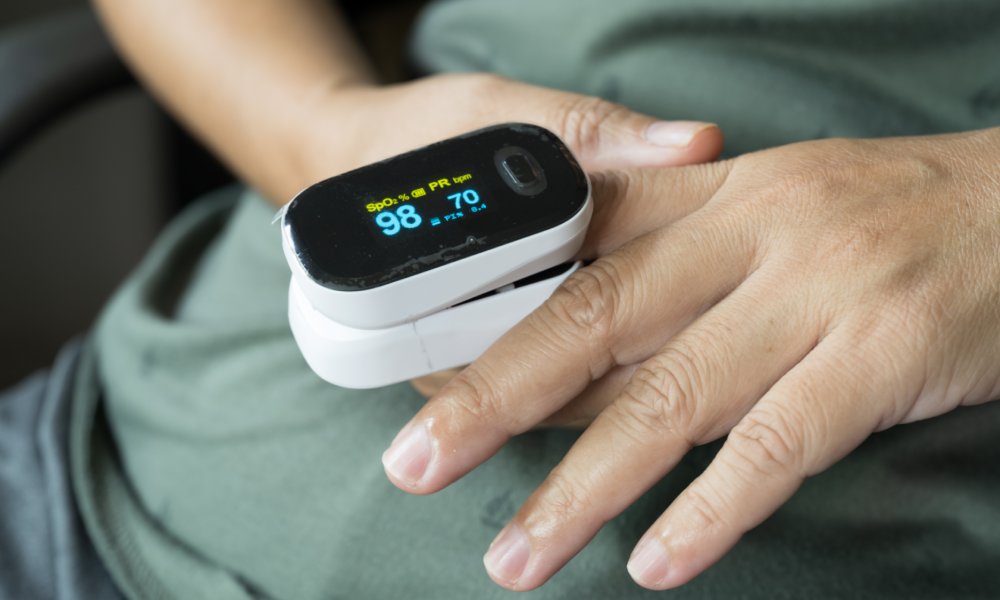Boosting your fitness levels isn’t just about logging miles or lifting heavier weights. By integrating oxygen monitoring into your routine, you’ll gain insights that can upgrade your progress and performance. From aiding endurance to helping you recover better, let’s look at how oxygen monitoring can improve your fitness.
Optimize Your Aerobic Performance
Pushing through cardio sessions without understanding your body’s oxygen uptake can leave you guessing. A pulse oximeter provides real-time data about your blood oxygen levels, revealing whether your muscles are getting the oxygen they need. Staying within an optimal oxygen zone allows you to maintain performance longer, whether you’re running, cycling, or swimming. This tool lets you train smarter, not harder, and ensure each session counts.
Enhance Strength Training Gains
Oxygen monitoring can help you balance your efforts in the gym. By tracking how your oxygen peaks and dips during varied activities, you’ll fine-tune your workout strategy. For instance, adding aerobics before a weight workout can boost muscle gains by priming oxygen delivery to muscles. With oxygen monitoring, you’ll connect the science to how your body reacts in the moment.
Improve Recovery With Precise Insights
Recovery isn’t just about relaxing; it’s about recalibrating your body for the next effort. Poor oxygen saturation after a workout can signal overtraining or the need for a different recovery routine. Using an oximeter is among the most convenient ways to measure oxygen saturation after your routine.
If you’re new to using this device, it’s best to take tips from the pros: nurses. Many of the nursing guidelines for using pulse oximeters on seniors also apply to athletes, especially those who just finished a workout. Unusual readings stemming from external factors, such as sweaty or clammy skin, can give inaccurate results. Monitoring recovery oxygen levels empowers you to recognize when your body is ready to go again.
Master Your Endurance Limits
Training without enough oxygen forces your body into anaerobic zones, which the body can only briefly maintain. With the feedback from an oxygen monitor, you can learn how much effort your body can handle while keeping within sustainable limits. Rather than hitting walls during workouts, you’ll gradually expand your endurance thresholds. This approach is particularly helpful for activities that demand consistent pacing, like marathons or extended swimming sessions.
Learn To Work With Your Metabolism
Oxygen delivery directly contributes to how efficiently your body converts nutrients into energy. Learning how oxygen saturation aligns with your effort levels gives you a clearer view of your metabolic function. This is especially useful if understanding your metabolism is part of your fitness goals. Oxygen monitoring bridges the gap between scientific insight and everyday training knowledge, helping you maximize energy use during every session.
The Takeaway
Unlocking your full fitness potential goes beyond reps and miles; it’s about understanding how your body fuels your goals. Adding oxygen monitoring into the equation gives you the data you need to train smarter, recover faster, and perform at your best. If you’re looking for a reliable way to boost both strength and stamina, oxygen monitoring can improve your fitness and help you meet your goals. It’s a simple step that can redefine how you approach every workout!




